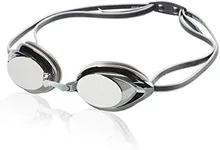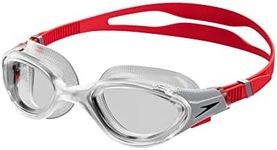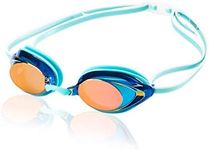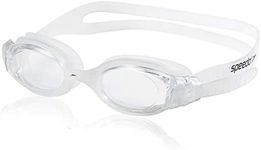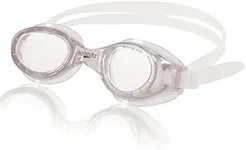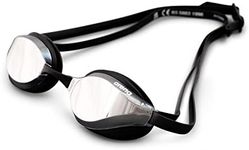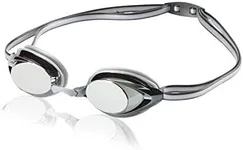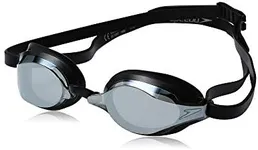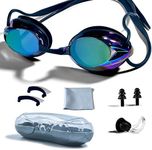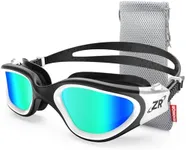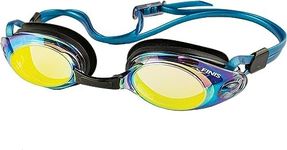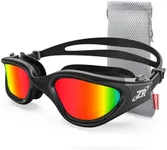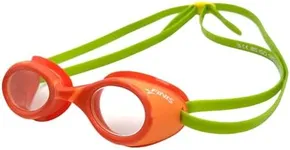Buying Guide for the Best Swimmers Goggles
Choosing the right pair of swimming goggles can significantly enhance your swimming experience, whether you're a competitive swimmer, a casual swimmer, or someone who enjoys the occasional dip in the pool. The right goggles will provide comfort, clear vision, and protection for your eyes. Here are some key specifications to consider when selecting swimming goggles and how to determine the best fit for your needs.Lens TypeThe lens type of swimming goggles is crucial as it affects visibility and eye protection. There are clear lenses, tinted lenses, mirrored lenses, and polarized lenses. Clear lenses are ideal for indoor swimming or low-light conditions as they provide maximum visibility. Tinted lenses reduce glare and are suitable for outdoor swimming in bright conditions. Mirrored lenses reflect light and are great for very bright environments, offering a stylish look as well. Polarized lenses reduce glare from reflective surfaces like water, making them perfect for open water swimming. Choose the lens type based on where you will be swimming most often.
Fit and ComfortFit and comfort are essential for ensuring that your goggles stay in place and do not cause discomfort during your swim. Goggles come in different shapes and sizes, and some have adjustable nose bridges and straps. A good fit should create a seal around your eyes without being too tight. Test the fit by pressing the goggles against your eyes without using the strap; if they stay in place for a few seconds, they have a good seal. Consider your face shape and try different models to find the most comfortable fit for you.
Anti-Fog CoatingAnti-fog coating is a feature that prevents the lenses from fogging up, which can obstruct your vision while swimming. This is particularly important for longer swims or competitive swimming where clear vision is crucial. Some goggles come with a built-in anti-fog coating, while others may require you to apply an anti-fog solution. If you swim frequently or in varying temperatures, prioritize goggles with a reliable anti-fog coating to maintain clear vision.
UV ProtectionUV protection in swimming goggles is important for protecting your eyes from the harmful effects of the sun's ultraviolet rays, especially if you swim outdoors. Goggles with UV protection will shield your eyes from both UVA and UVB rays, reducing the risk of eye damage. If you swim outdoors regularly, ensure that your goggles offer adequate UV protection to keep your eyes safe.
Strap TypeThe strap type of swimming goggles affects how securely they stay on your head and how easy they are to adjust. Single straps are simple and easy to adjust, while double straps provide a more secure fit by distributing pressure evenly across your head. Some goggles also feature split straps for added stability. Consider how often you will need to adjust your goggles and how secure you need them to be when choosing the strap type.
DurabilityDurability is an important factor to consider, especially if you swim frequently. Look for goggles made from high-quality materials that can withstand regular use and exposure to chlorine or saltwater. Silicone and polycarbonate are common materials known for their durability. Investing in durable goggles will save you money in the long run and ensure that your goggles remain in good condition for a longer period.
